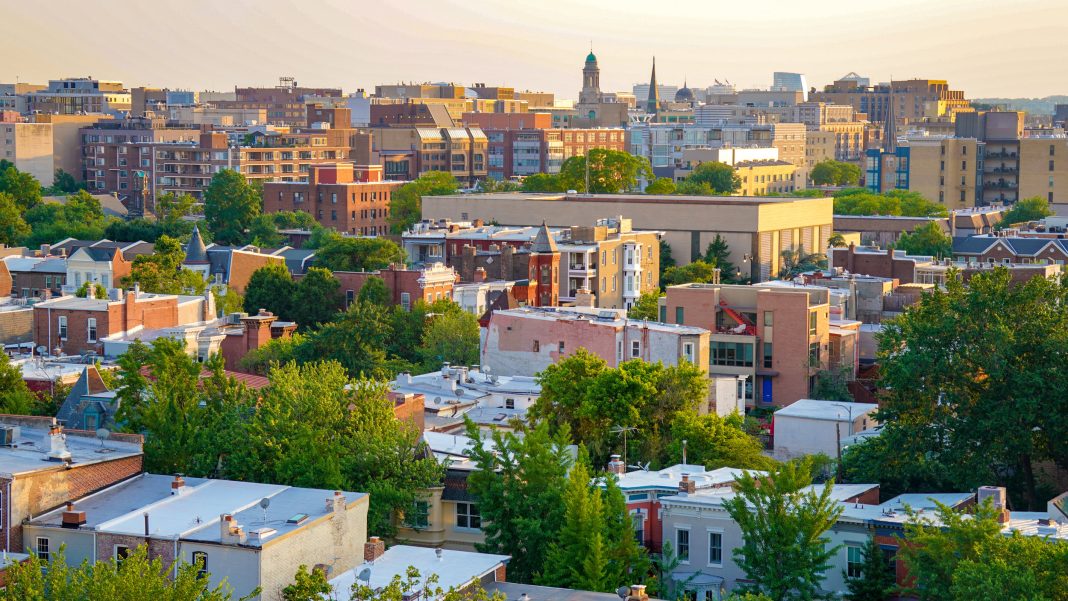As cities continue to grow and face the challenges posed by climate change, rethinking urban spaces for climate resilience has become a critical priority. This involves transforming urban landscapes and infrastructures to withstand, adapt to, and recover from climate-related stresses and shocks. Through a comprehensive review of current practices and innovative approaches, this article explores how cities around the world are taking bold steps towards becoming more climate-resilient.

Embracing Nature and Community in Urban Planning
Cities are acknowledging the importance of green spaces not just for aesthetic reasons but for their role in enhancing urban resilience. Initiatives like Rosario, Argentina’s transformation through urban agriculture, demonstrate the power of integrating green spaces into urban planning. Urban and peri-urban agriculture in Rosario has become a key part of the city’s resilience strategy, helping to address food insecurity, unemployment, and environmental challenges.
Transformative Public Spaces
Reimagining public spaces is essential for building resilient urban environments. When cars are replaced with people-focused designs, public spaces can significantly improve accessibility, air quality, and community health. Strategies include developing a common vision through public participation, promoting healthier lifestyles, and anticipating changes to ensure spaces adapt to community needs.
Integrating Climate Resilience into Urban Development
Urban densification, when managed sustainably, offers a pathway to climate action. By increasing the intensity of human activity rather than the number of buildings per se, cities like Barcelona and Tokyo demonstrate that urban density can enhance service provision while using fewer resources. Moreover, adopting low-emission materials and innovative architectural solutions contributes to reducing cities’ carbon footprints.
Fostering Equity in Urban Climate Resilience
Equitable and effective urban resilience cannot be achieved without engaging with the communities most affected by climate change. This entails addressing the root causes of vulnerability, such as power imbalances and inequality, and bridging the gap between formal and informal city planning. Innovative financing models are also crucial to support urban resilience, emphasizing the need for fast, flexible funding mechanisms.
Collaborative and Inclusive Approaches
Successful urban transformation requires the collaboration of multiple stakeholders, including local governments, communities, and the private sector. By prioritizing equity, sustainability, and community involvement, cities can develop resilience strategies that are not only effective but also inclusive.
Conclusion
Rethinking urban spaces for climate resilience is a complex but essential task. Through a mix of green infrastructure, community-focused planning, sustainable urban development, and equitable resilience practices, cities can navigate the challenges posed by climate change. By fostering collaboration and prioritizing inclusivity, urban areas can transform into resilient, sustainable, and livable environments for future generations.

